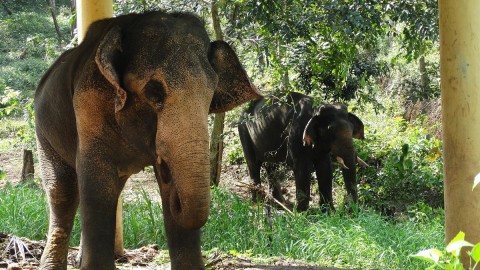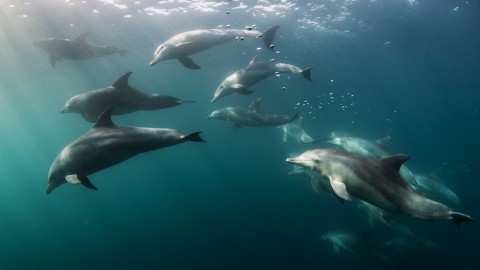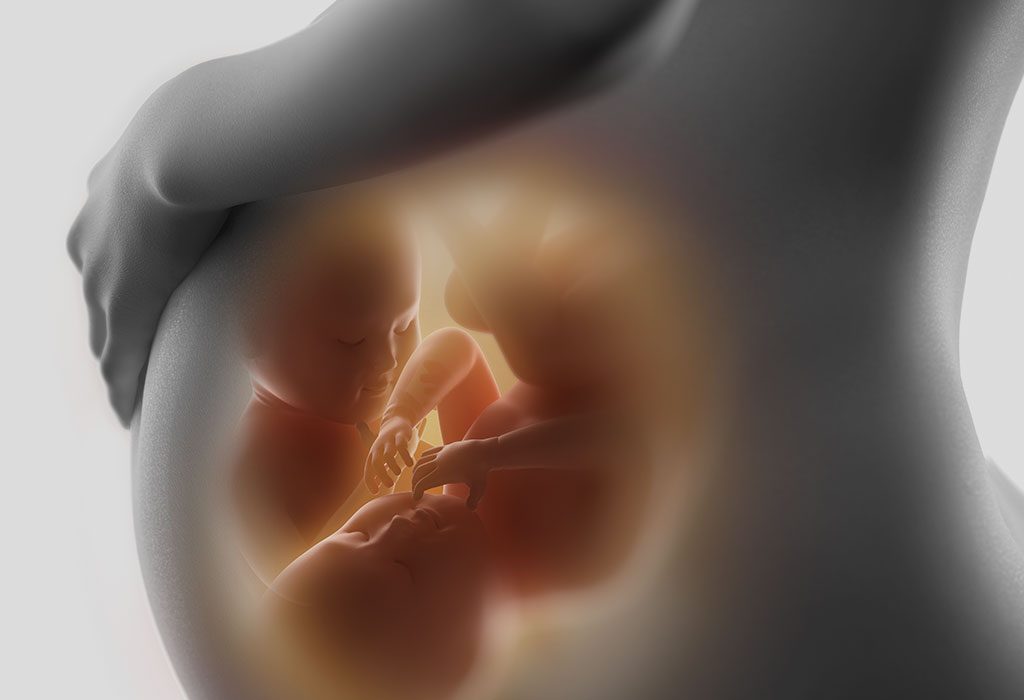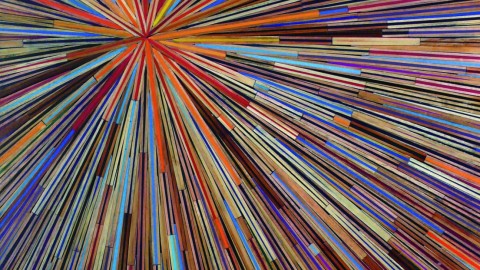Knowledge, Information and Experience
The Earth consists of four concentric layers: inner core, outer core, mantle and crust. The crust is made up of tectonic plates, which are in constant motion. Earthquakes and volcanoes are most likely to occur at plate boundaries.
The inner core is in the centre and is the hottest part of the Earth. It is solid and made up of iron and nickel with temperatures of up to 5,500°C.
The outer core is the layer surrounding the inner core. It is a liquid layer, also made up of iron and nickel.
The mantle is the widest section of the Earth.
The mantle is made up of semi-molten rock called magma.
The crust is the solid rock layer upon which we live.
There are two different types of crust: continental crust, which carries land, and oceanic crust, which carries water.
Earth’s crust is made of rock, which is made of minerals.
The crust of the Earth is composed of a great variety of igneous, metamorphic, and sedimentary rocks.
Oceanic crust is the uppermost layer of the oceanic portion of a tectonic plate.
About 71 percent of the Earth’s surface is water-covered, and the oceans hold about 96.5 percent of all Earth’s water.
The planet Earth is a beautiful place to live in. Life has flourished on the planet, thanks to the bountiful sun and vast oceans of water. No matter where we go on the planet, there are stunning plants, flowers and animals that catch our attention. They are two very important aspects of any ecosystem.
Flora and Fauna:
Flora is the name given to the collective plant life that grows or once grew in a certain area or during a given time period.
Fauna on the other hand, is the name given to collective animal life that lives or was once found in a certain area or time period.
Planet Earth is home to trillions of organisms (living things), including animals and plants. They are found on land, in lakes, rivers, and oceans, as well as in the air.
Hinduism contains numerous references to the worship of the divine in nature in its Vedas,
Upanishads, Puranas, Sutras and its other sacred texts. Millions of Hindus recite Sanskrit mantras daily to revere their rivers, mountains, trees, animals and the earth.
The earth can be seen as a manifestation of the goddess, and must be treated with respect.
The five elements — space, air, fire, water and earth — are the foundation of an interconnected web of life.
The earth — Devi — is a goddess and our mother and deserves our devotion and protection. Many Hindu rituals recognize that human beings benefit from the earth, and offer gratitude and protection in response. Many Hindus touch the floor before getting out of bed every morning and ask Devi to forgive them for trampling on her body.











